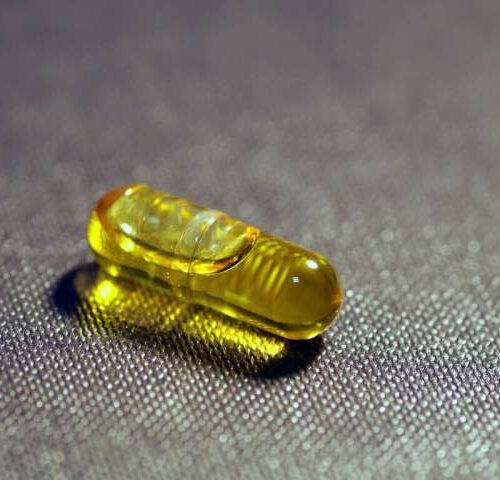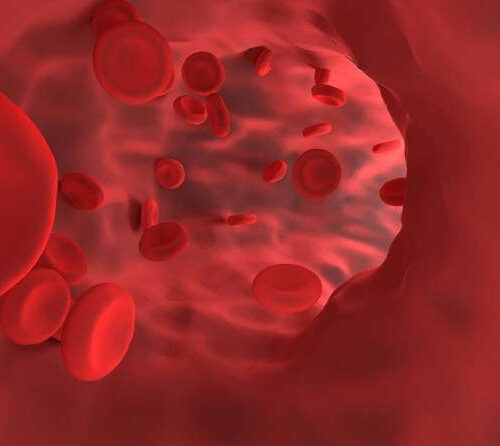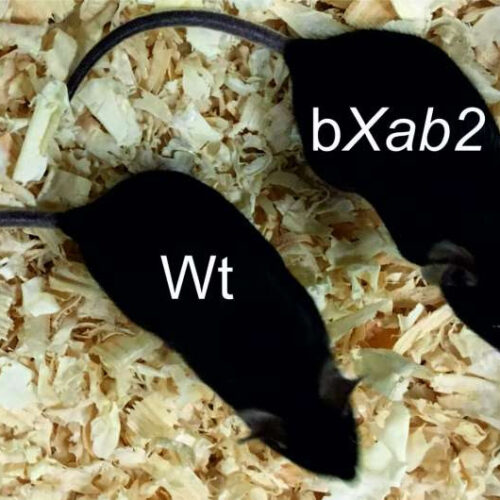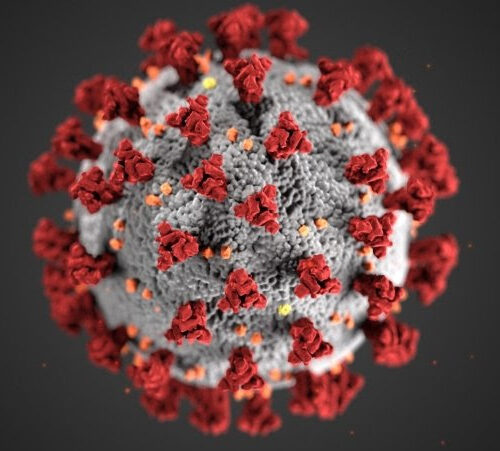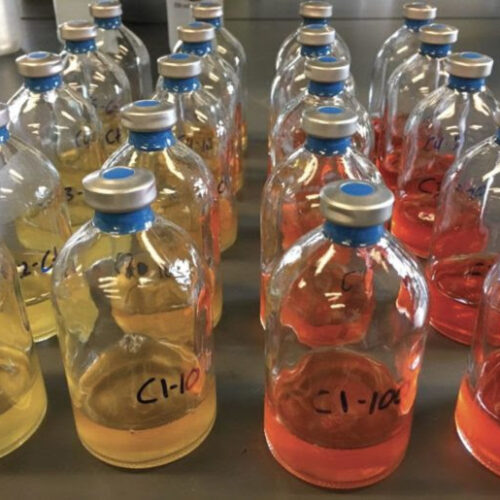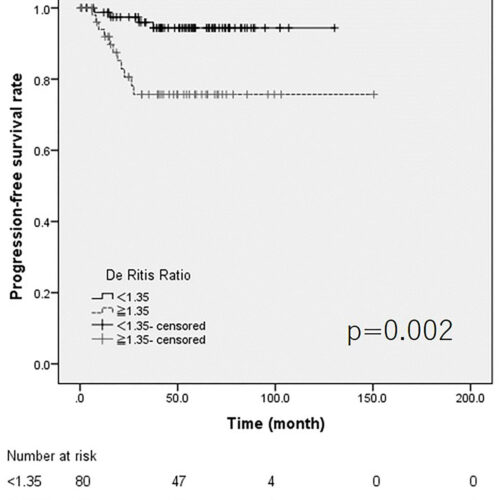by Public Library of Science Credit: Pixabay/CC0 Public Domain Observational studies have suggested that increased vitamin D levels may protect against COVID-19. However, these studies were inconclusive and possibly subject to confounding. A study published in PLOS Medicine by Guillaume Butler-Laporte and Tomoko Nakanishi at McGill University in Quebec, Canada, and colleagues suggests that genetic evidence does not...
SARS-CoV-2 variant B.1.617 may be more transmissible and pathogenic due to spike cleavage
By Dr. Tomislav Meštrović, MD, Ph.D. May 31 2021 In a new research paper currently available on the bioRxiv* preprint server, a research group from the United Kingdom (UK) provides experimental evidence that B.1.617 lineage of the severe acute respiratory syndrome coronavirus 2 (SARS‑CoV‑2) – also known as the Indian variant of concern – shows...
Rush researchers develop new measure of brain health
RUSH UNIVERSITY MEDICAL CENTER How old is your brain compared to your chronological age? A new measure of brain health developed by researchers at Rush University Medical Center may offer a novel approach to identifying individuals at risk of memory and thinking problems, according to research results published in Alzheimer’s & Dementia: The Journal of the Alzheimer’s Association on June 1. ...
Researchers discover a mechanism that reduces blood vessels in Alzheimer’s patients
by University of Seville Credit: Pixabay/CC0 Public Domain Researchers at the Biomedicine Institute of Seville (IBiS) have discovered a new mechanism of Alzheimer’s disease that disorganizes the blood vessels around amyloid plaques, one of the characteristic features of the disease. The study, published in the international journal Nature Communications, was led by the laboratory of Dr. Alberto Pascual,...
Discovery of new key protein in cell function paves way for new therapies
by Prof. George Garinis, Foundation for Research and Technology – Hellas Credit: Foundation for Research and Technology – Hellas Over time, we accumulate genetic damage that accelerates the aging process, increasing the risk of carcinogenesis. DNA is continually challenged by genotoxic factors that affect its fragile structure, inhibiting cell functions. To meet this challenge, cells have evolved a number of...
Successful test of ‘Trojan Horse’ cancer drug offers hope for an end to chemotherapy
By WILLIAM COLE FOR MAILONLINE PUBLISHED: 06:19 EDT, 31 May 2021 | UPDATED: 15:30 EDT, 31 May 2021 Researchers have successfully tested a new drug which can kill cancer cells without damaging nearby healthy tissue – removing the need for chemotherapy. Scientists at the University of Edinburgh combined the tiny cancer-killing molecule called SeNBD with a chemical food to trick the...
Selenium-based compounds target SARS-CoV-2 with unusual inhibition mechanism of its main protease
Scientists have discovered a new mechanism of inhibiting a critical enzyme of the SARS-CoV-2 virus, demonstrating the on-target engagement of novel selenium based compounds. An international team of researchers led by the University of Liverpool has shown that a Selenium-based drug molecule called ebselen and several derivative compounds can halt SARS-CoV-2 replication by targeting its main protease...
Good bacteria can temper chemotherapy side effects
Naturally occurring gut bacteria can clean up chemo toxins in the body, study finds In the human gut, good bacteria make great neighbors. A new Northwestern University study found that specific types of gut bacteria can protect other good bacteria from cancer treatments — mitigating harmful, drug-induced changes to the gut microbiome. By metabolizing chemotherapy...
Oncotarget: Activation of plasmacytoid dendritic cells promotes AML-cell fratricide
IMPACT JOURNALS LLC IMAGE: IFNβ-induced AML-cell cytotoxicity is enhanced with anti-CD38 antibody daratumumab. (A-C) AML cell lines (MV-411, n = 9 experiments and OCI-AML3, n = 7 experiments) and primary AML apheresis samples (n = 3) were treated with or without 1000 U/mL IFNβ for 24 h and then incubated with opsonized sheep red blood...
Oncotarget: Progression in high-risk non-muscle invasive bladder cancer
IMPACT JOURNALS LLC IMAGE: THE KAPLAN MEIER CURVE FOR PROGRESSION. CREDIT: CORRESPONDENCE TO – TAKASHI KAWAHARA – [email protected] Oncotarget published “A higher De Ritis ratio (AST/ALT) is a risk factor for progression in high-risk non-muscle invasive bladder cancer” which reported that a recent study revealed that a high De Ritis ratio was a risk factor in some...

